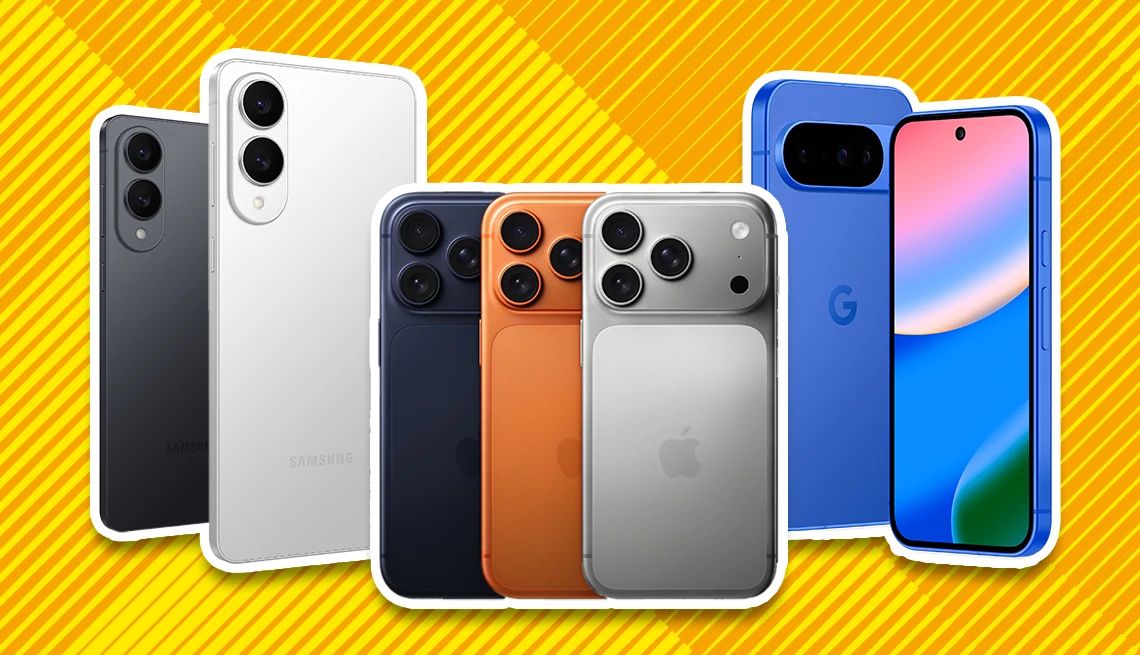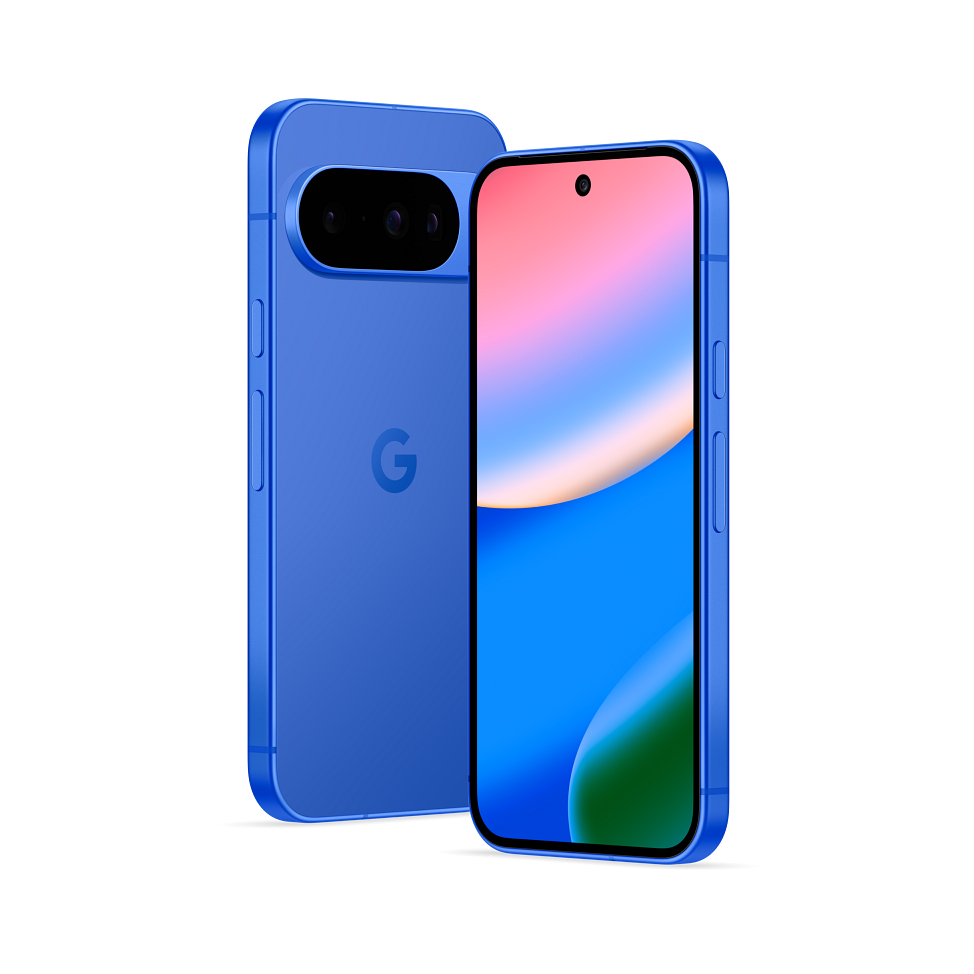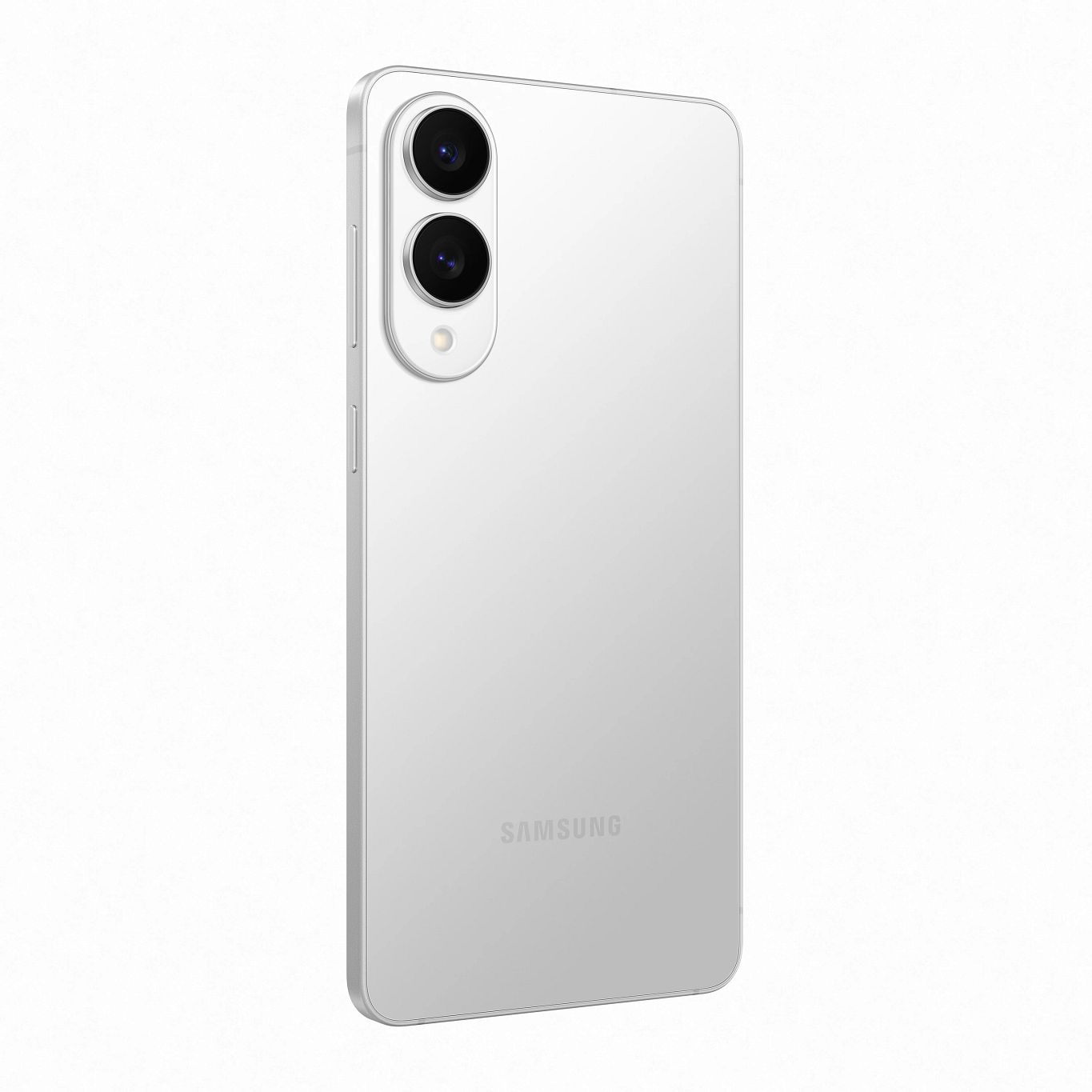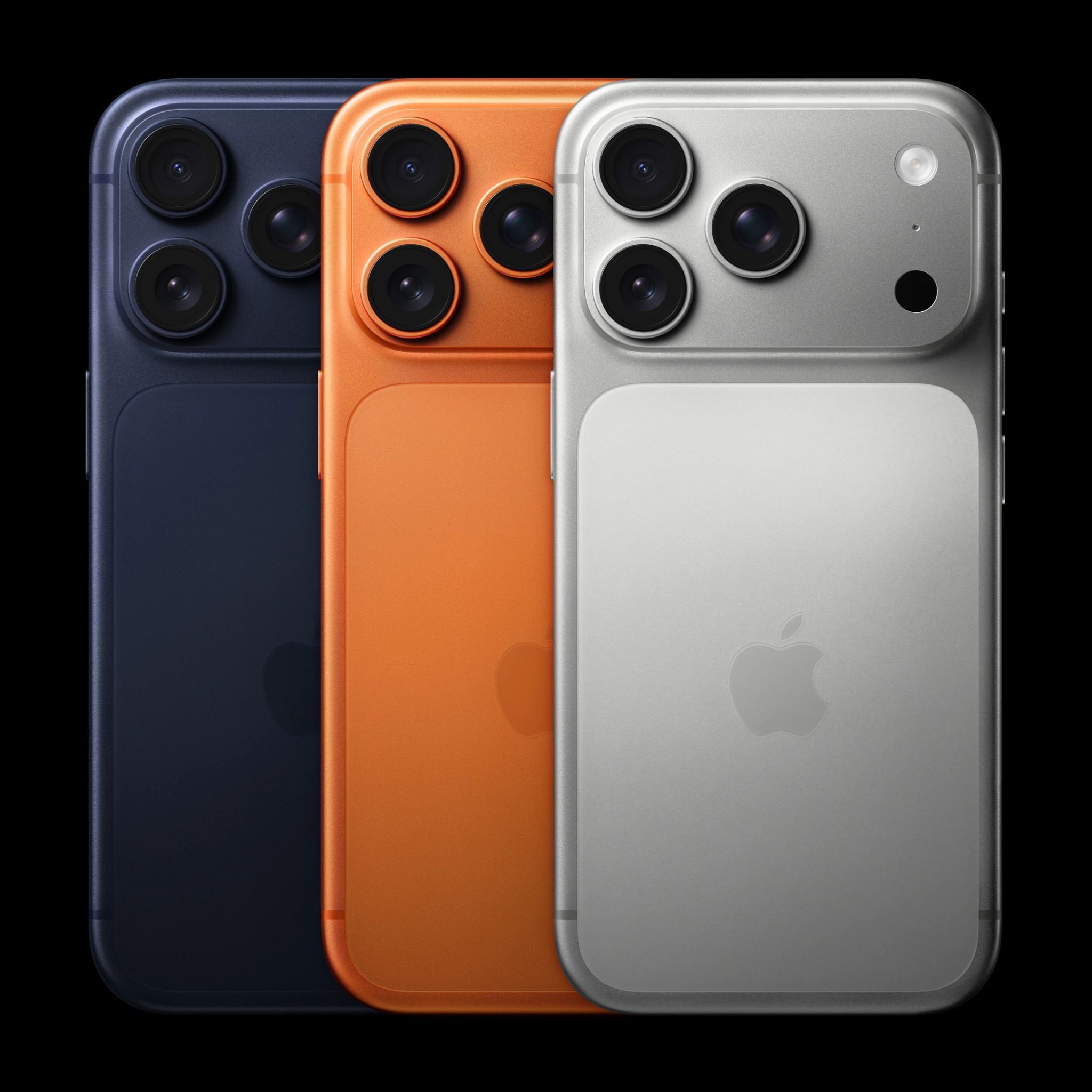AARP Hearing Center


’Tis the season: The kids are back in school, gridiron fans are back watching the NFL, and tech diehards have their eyes peeled for the latest crop of fancy smartphones, trying to decide whether to pay the small ransom it costs to get them.
It’s a question older smartphone users are likely to ponder too, especially if it’s been a while since they’ve upgraded their devices.
At its Silicon Valley headquarters on Tuesday, Apple completed an annual ritual with the release of four new iPhones: a base iPhone 17 model that starts at $799, an iPhone 17 Pro from $1,099, an iPhone 17 Pro Max from $1,199 and an ultra-svelte titanium newcomer, the iPhone 17 Air.
At $999 and up, the Air represents Apple’s biggest design change for the iPhone franchise in years. It is a mere 0.22 inches thin, with a weight of 0.36 pounds, and it has a 6.5-inch display and a sole, rear 48-megapixel camera.
At the other end of the spectrum, you can max out and get two terabytes of storage with the 17 Pro Max, paying as much as $1,999.


The iPhone unveiling came a few weeks after rival Google introduced the AI-infused Pixel 10 (from $799), Pixel 10 Pro ($999) and Pro XL ($1,199) phones. Google doesn’t sell nearly as many Pixels as Apple sells iPhones, but the devices get strong grades from tech reviewers and often boast features that eventually appear in competitors’ handsets.
Apple’s chief rival, Samsung, operates on a different time frame when it comes to the release of flagship phones, of which it has several. The Korean tech giant brought out its most recent direct competitors to premium iPhones, the Galaxy S25 ($799.99), S25+ ($999.99) and S25 Ultra ($1299.99) models, this past winter, with the expectation that the S26 (or whatever it ends up being called) won’t appear until early 2026.
In May, Samsung released the ultra-thin S25 Edge ($1,099.99), which inevitably invites comparisons with the new iPhone Air.
It’s also uncertain what future tariffs might mean for smartphone prices.
Foldable Phones Are Niche but Intriguing
Samsung did hold a July showcase event for its freshest “foldable” and flip models: the Galaxy Z Fold7, Galaxy Z Flip7 and Galaxy Z Flip7 FE.
Google also unveiled a new foldable model recently, the Pixel 10 Pro Fold, which consumers can currently preorder for $1,799.99.
Apple is still resisting the foldable category for now. There is speculation that the company could finally join the foldable parade next year, but that remains to be seen. Samsung’s bendy foldables cost even more than standard flagships. The list price for the Galaxy Z Fold7 ranges from just under $1,999.99 to $2,419.99.
Foldables morph from small tablets when unfolded to a regular-size handset that, when closed, you can stash into a pocket or purse like any conventional phone.




































































More From AARP
How to Make Artificial Intelligence Work for You
Tech can improve your life, from preparing to see the doctor to choosing what to watch
Read a Transcript as Someone’s Leaving a Voicemail
Apple and Google generate transcriptions so you can decide whether to pick up the call live
AI Tools: Navigating Systems with Ease
AI tools streamline customer service tasks